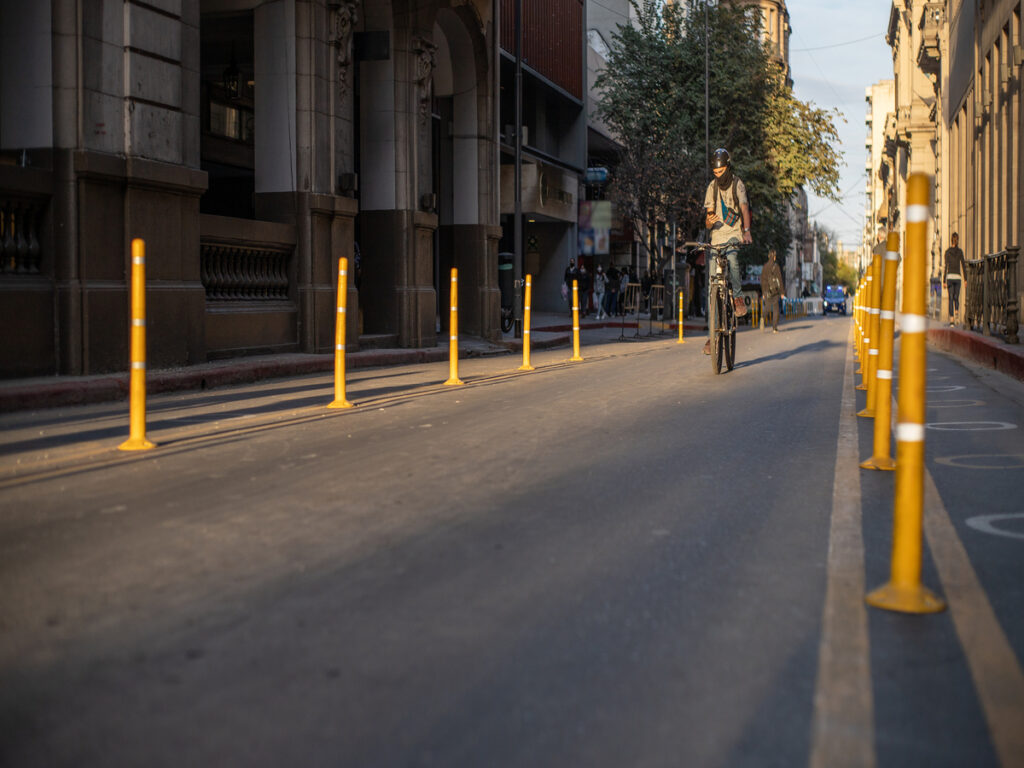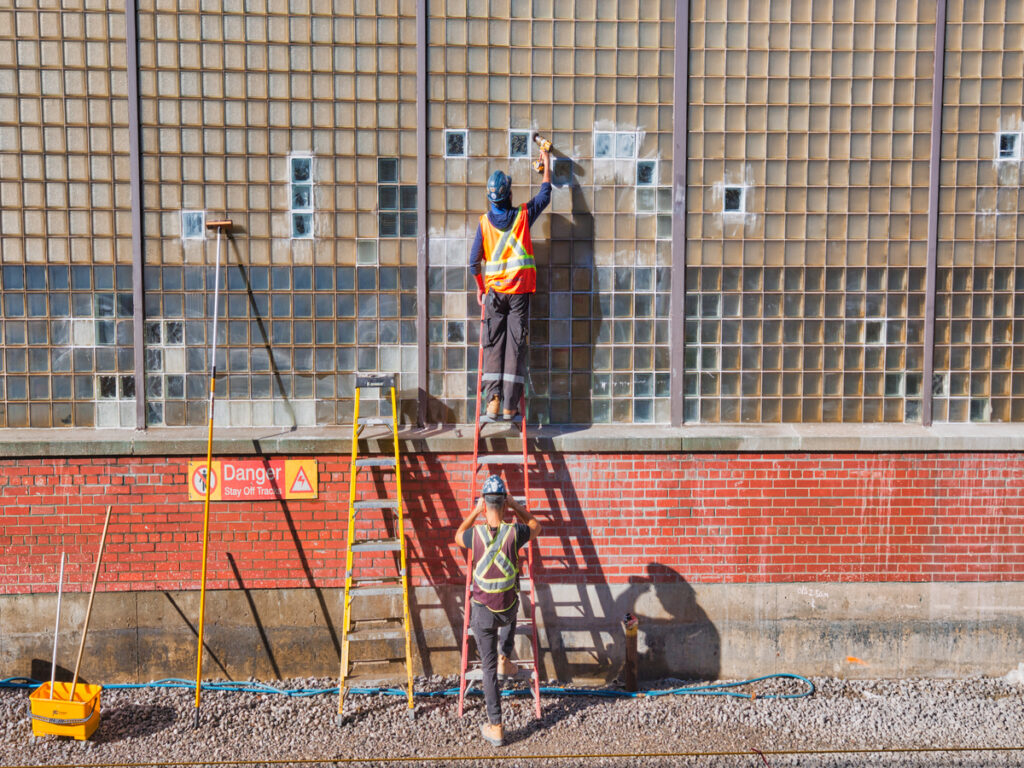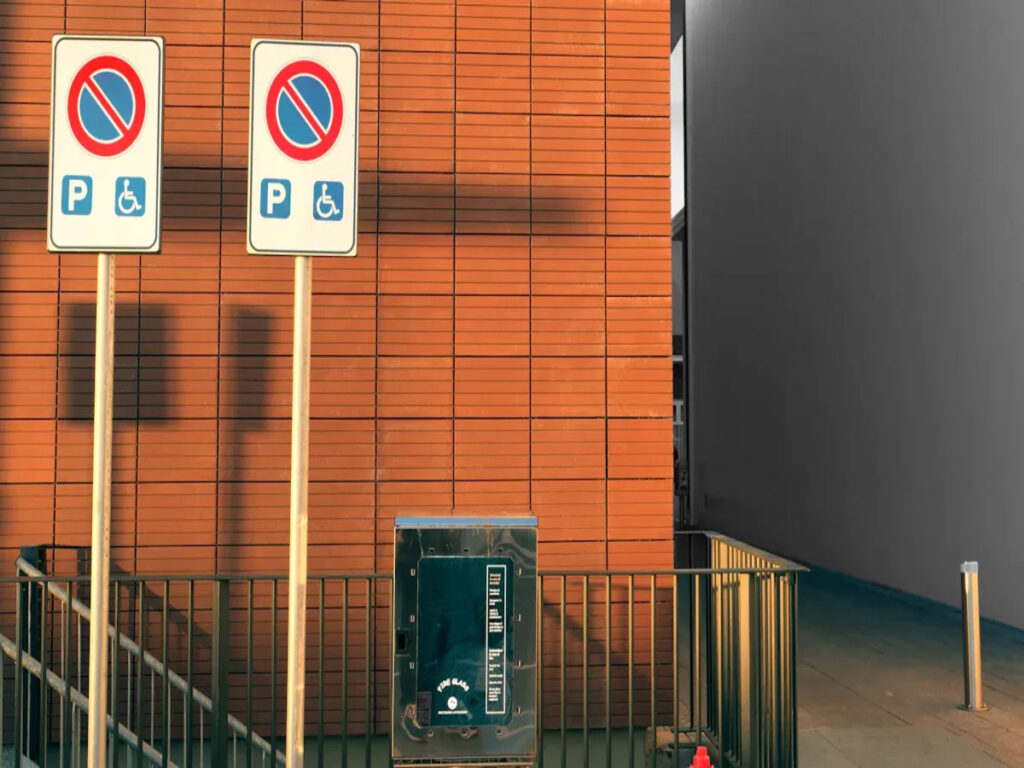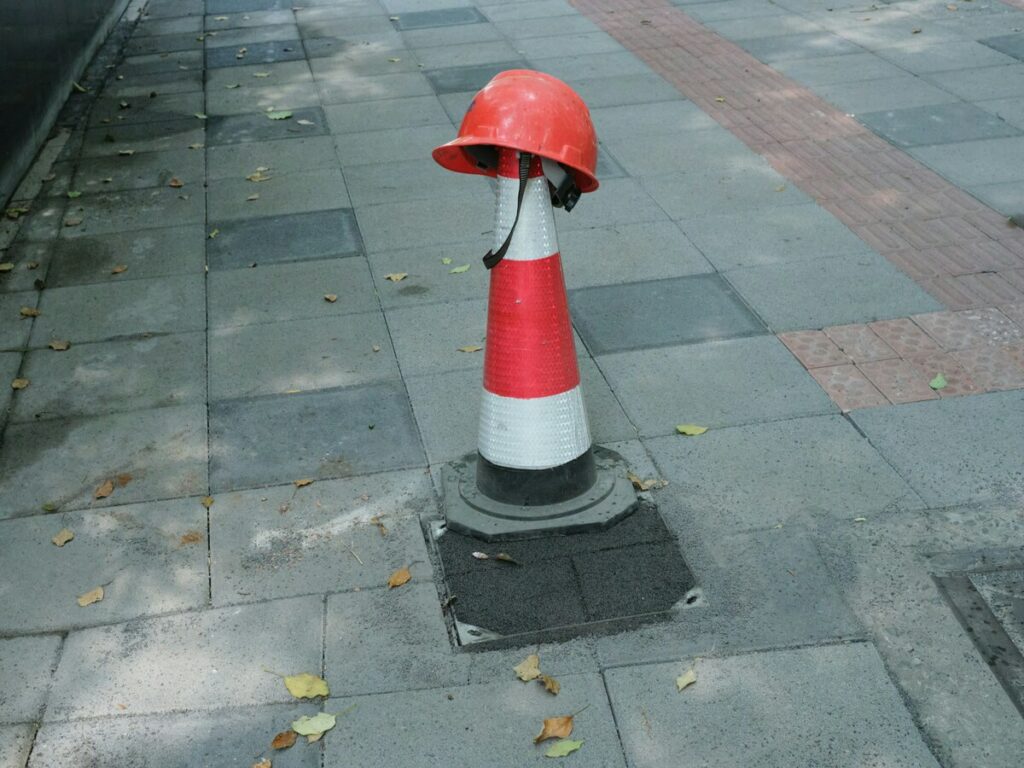
A recent TikTok video has brought attention to a peculiar situation in Sacramento, where traffic warning cones were used as temporary replacements for broken streetlights. As the video went viral, many residents voiced their frustration, wondering how long these warning cones would remain in place. This incident highlights the growing pressure on cities to quickly address infrastructure issues and the role social media plays in holding local governments accountable.
For reliable and durable solutions, OPTRAFFIC Angebote warning cones for sale designed to effectively manage traffic and ensure safety in emergency situations or temporary fixes. Check out our high-quality warning cones to meet your road safety needs.
Key Takeaways
- A popular TikTok video showed Sacramento using cones for broken streetlights.
- This upset many people and got lots of attention online.
- Social media can make cities fix problems faster and better.
- Sacramento struggles to fix streetlights due to low budgets and few workers.
- People can report broken lights by calling the 3-1-1 service.
- City leaders should explain repair delays to keep people informed and trusting.
The Viral TikTok and Public Reaction
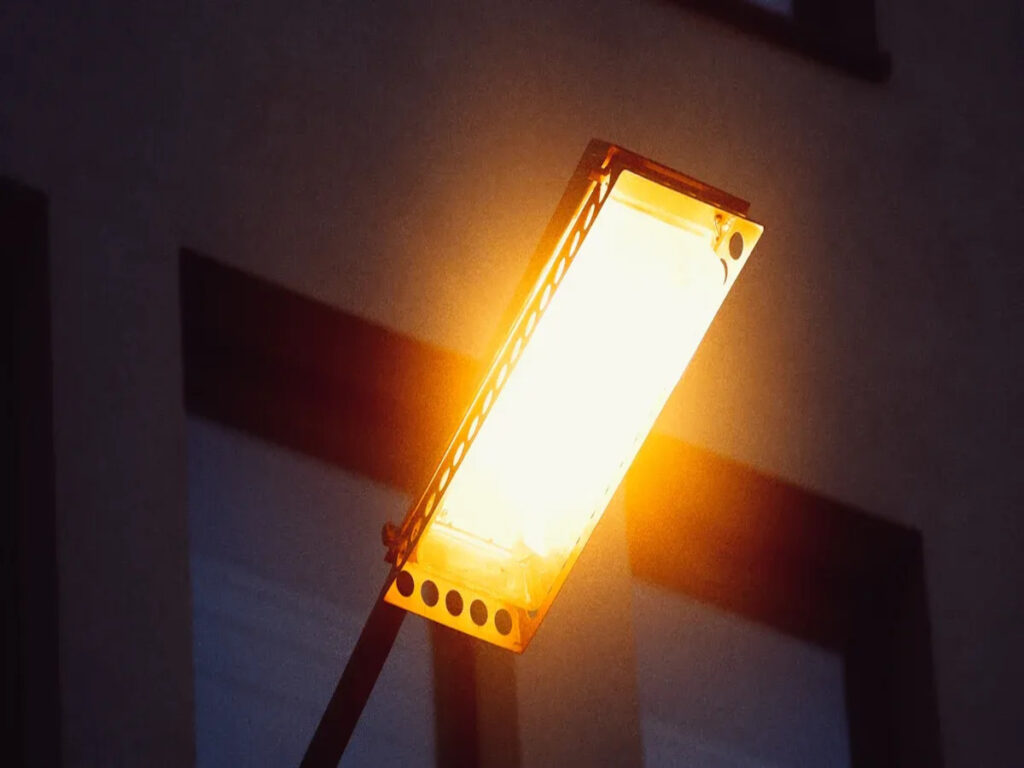
Overview of the TikTok video and its creator
A Sacramento resident made a TikTok video that got attention. It showed traffic warning cones being used instead of broken streetlights. The creator, known for sharing local issues, explained the problem. They pointed out how these cones stayed in neighborhoods for months. The video became popular fast, getting thousands of likes, comments, and shares.
TikTok data shows why the video was so popular. Many people watched the whole video, showing it was interesting. The creator used clear visuals and relatable content to connect with viewers. By talking about a shared problem, the video resonated with locals who had seen the same issue.
Key content focusing on traffic safety cones replacing damaged streetlamps
The video focused on Sacramento using traffic cones for broken streetlights. These orange warning cones, usually for road hazards, were placed on broken poles. While meant to warn people of danger, it raised questions about city repairs.
The creator showed places where cones had been there for months. This made residents upset because they need working streetlights for safety. The video stressed fixing streetlights quickly to keep public trust in city services.
Social media engagement and public frustration
The TikTok video sparked online debates about city repairs and responsibility. People shared their own stories of seeing traffic cones in odd spots. Many were frustrated with the city’s slow action and wanted answers.
Social media data highlights the significance of the viral video. Tiktok, a platform particularly popular among younger users, played a key role in spreading the message. Videos like this often capture widespread attention, and this one was no exception. The emotional tone and clear message resonated with viewers, not only informing them about the situation but also prompting many to demand better action from Sacramento. This shows how social media can amplify voices and drive public demand for accountability.
City of Sacramento’s Response to Criticism
Statements from city officials addressing the issue
City officials responded to concerns from the viral TikTok video. They said safety is their top priority and explained the cones. The orange warning cones were placed to warn people about dangers until repairs happen. Officials promised fixing broken streetlamps is still very important.
California leaders often talk about solving urgent problems. Assembly Speaker Robert Rivas said:
“While Washington struggles with chaos, California focuses on real results. This year, we’re working on housing and cost of living. But Californians face threats from a reckless administration ignoring the Constitution.”
Though this comment is about state issues, it shows Sacramento’s goal to fix local problems quickly.
Reasons for delays in replacing damaged streetlamps
You might wonder why broken streetlamps aren’t fixed faster. The city has about 40,000 streetlights, Und 700 need repairs now. They focus first on busy areas like intersections, which delays work in neighborhoods.
Another reason is the high cost of repairs. Fixing one streetlamp can cost up to $4,300, depending on the damage. Budget limits make it hard to fix everything quickly. The city must carefully plan how to spend money on repairs.
Logistical challenges in streetlamp repair operations
Fixing streetlamps isn’t as simple as changing a lightbulb. It requires special tools, trained workers, and the right parts. Sacramento’s public works department faces a shortage of staff, making it difficult to keep up with the high volume of repairs.
Getting parts for older streetlamps can take weeks or months. Supply chain problems make this even harder. Crews also need to keep streets safe while they work, which takes extra planning. Zum Beispiel, they work with traffic teams to avoid causing big disruptions.
Even with these problems, the city wants to improve repair times. They ask residents to report issues using the 3-1-1 service. This helps the city fix problems faster and listen to community concerns better.
Financial and Operational Challenges in Streetlamp Repairs
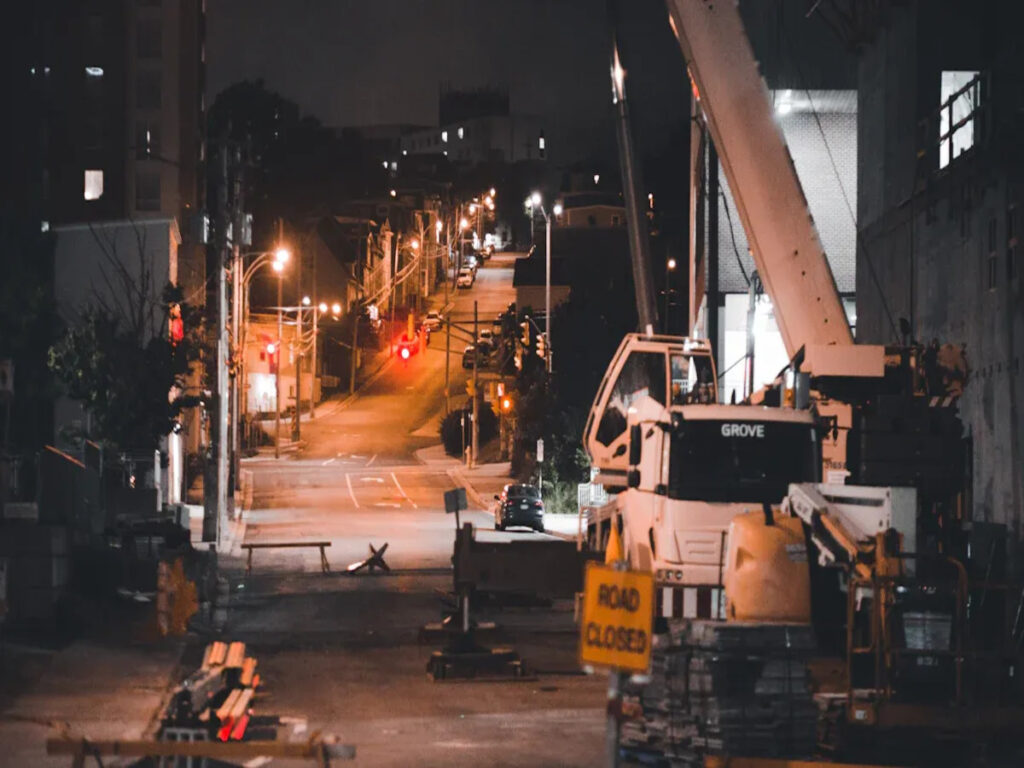
Budget limits and repair expenses
Fixing streetlamps in Sacramento costs a lot of money. Each repair costs about $4,300, which adds up fast. The city has around 40,000 streetlamps, Und 700 need fixing now. With limited money, the city focuses on urgent repairs first. This keeps people safe but makes other repairs take longer. Residents often feel upset when repairs aren’t quick.
Prices for materials and labor keep going up, too. Finding parts for older streetlamps can take extra time and money. These money problems make it hard to fix all broken streetlamps quickly. Still, the city works hard to take care of its streets.
Not enough workers in Sacramento
Sacramento’s public works department is facing significant challenges due to a limited workforce. With a high demand for streetlamp repairs, the available personnel are stretched thin, especially when new issues arise. Repairing streetlights requires careful planning, specialized tools, and coordination with other departments to ensure safety during the process.
Due to the limited workforce, the city prioritizes repairs in high-traffic areas like busy intersections, leaving residential neighborhoods to wait longer for repairs. This approach helps protect the largest number of people, but unfortunately, it means that some areas are left without adequate lighting for extended periods.
Bigger problems with infrastructure
Sacramento’s streetlamp issues are part of a bigger problem in the U.S. Im Laufe der Zeit, cities have changed how they spend money. Zum Beispiel:
- Spending on maintenance went up by $23.2 billion (9.5%) since 2007.
- Spending on big projects dropped by 16%, from $207.1 billion to $174.0 billion.
- Water system spending went down by $5.6 billion (3.8%), even as maintenance costs rose by $11.3 billion.
These numbers show cities struggle to fix old systems while building new ones. Fixing streetlamps is just one part of this bigger challenge. Cities must plan carefully to use their money wisely.
Social Media’s Role in Civic Accountability
How viral exposure drives public oversight
Social media apps like TikTok help people notice city problems. Viral videos show issues that might be ignored otherwise. Sharing these posts makes problems louder and pushes cities to act. Zum Beispiel, during COVID-19, social media helped people follow health rules. It also got communities to support public efforts. This proves social media can inspire action during tough times.
Cities often act faster when online pressure grows. Viral posts show how problems affect daily life. They also give people a way to speak up and demand change. This turns social media into a tool for watching over city actions.
Examples of similar incidents in Sacramento
Sacramento has seen other times when social media helped fix problems. People have posted about potholes, broken lights, and parks needing repairs. These posts often make city workers respond quicker. Zum Beispiel, a viral post about a park got repair money in weeks.
Social media also connects people with city services. Reporting problems online often gets faster replies than calling. This lets people share concerns directly with city officials.
Risks and benefits of social media activism for city management
Social media activism has good and bad sides for cities. On the good side, it makes cities more open and responsible. Viral posts help solve problems faster and improve communication. They also focus on urgent issues to keep people safe.
But there are downsides too. Viral posts can make big problems seem simple. This might confuse people about what’s really happening. They can also make people expect fixes too quickly. Cities must balance public demands with long-term plans.
When used wisely, social media is helpful for city improvements. It lets people push for change and keeps cities responsible to their residents.
Recommendations for Fixing Broken Streetlamps
Quick action plans for city problems
Fast response plans can help Sacramento fix city problems better. These plans focus on acting quickly to reduce risks and keep people safe. Other cities have used similar ideas during emergencies. Zum Beispiel:
- New York City used tools to manage resources during COVID-19.
- Singapore created systems for testing and quarantining quickly.
- Tokyo made plans for earthquakes to act fast and inform people.
These examples show three key traits for strong cities: staying strong under pressure, adjusting to new problems, and bouncing back after crises. Staying strong helps systems handle sudden issues. Adjusting means changing plans when needed. Bouncing back focuses on fixing things after problems. Durch die Verwendung dieser Ideen, Sacramento can get better at fixing streetlamps and other city issues.
Clear updates for Sacramento residents
Being open builds trust between you and city leaders. When people know about streetlamp repair plans, they feel more involved. Sacramento can share updates often through social media, emails, or meetings.
Zum Beispiel, the city could make a public website showing repair progress. This would let you see what’s being fixed and why some repairs take longer. Explaining delays, like not enough workers or parts, can help people understand and stay patient.
Using tools like the 3-1-1 service lets you report problems easily. Clear updates not only keep you informed but also make the city and its people work better together.
Stronger infrastructure and community teamwork
Building stronger systems stops problems from happening again. Sacramento can use money from programs like the Infrastructure Investment and Jobs Act to help the community. Projects should focus on fairness and protecting the environment to benefit everyone.
Working with local groups and nonprofits can guide how money is spent. Talking to you and others early in planning can avoid problems later and save money.
Reports like “Investing in Infrastructure for Healthy Communities” show why fixing past mistakes is important. Choosing fair projects and teaming up with private companies can make the city better. By including you in these plans, Sacramento can build systems that match what the community needs and values.
Using traffic warning cones as quick fixes shows city challenges. Cities must balance safety now with lasting solutions later. Relying on warning cones can delay proper repairs for too long. Studies since 2018 say cities should focus on strong and lasting fixes. Sacramento wants to fix broken streetlamps the right way. They plan to make repairs permanent and talk more with residents. This helps rebuild trust and keeps streets safer for everyone.
FAQ
Why are traffic warning cones used for broken streetlamps?
Traffic cones are a quick way to keep people safe. They warn drivers and walkers about dangers nearby. But cones are not a long-term fix. Cities need to fix streetlamps fast to keep people safe and trust in city services strong.
How long does it take to fix a broken streetlamp?
Fixing streetlamps can take different amounts of time. It depends on how bad the damage is and if parts are available. In Sacramento, repairs are often slow because of not enough workers and supply problems. Reporting broken streetlamps through the 3-1-1 service helps the city know what to fix first.
Why do some streetlamps stay broken for so long?
Streetlamps stay broken longer because of money and worker shortages. Sacramento fixes lights in busy areas like intersections first. Neighborhood lights take more time because there are fewer workers and old parts are hard to find.
How can you tell the city about a broken streetlamp?
You can report broken streetlamps using Sacramento’s 3-1-1 system. This lets you send in problems online or by phone. Giving clear details helps the city fix the problem faster.
What is Sacramento doing to fix streetlamps faster?
Sacramento is working on fixing urgent problems first. They are also building stronger systems for the future. The city shares updates with the community and uses federal money to improve repairs. By working with local groups, they hope to make repairs quicker and better.



